GUEST BLOGGER JESSICA FRIES-GAITHER
The diversity of living things on Earth is quite dizzying. Scientists estimate that about 8.7 million species exist, while only about 1.2 million have been identified and described so far. Scientists make sense and create order of this incredible biodiversity through classification.
While scientific classification can be quite complex, at its heart it boils down to identifying similarities and differences between living things in order to determine how they are related. Yet despite scientist’s best attempts to neatly categorize them, there are a great many organisms that don’t quite fit in. This integrated Science and English Language Arts activity will have your students investigating how several unique animals share characteristics with one or more animal groups.
Note: To be successful with this lesson, students should have some knowledge of the characteristics of animal groups (mammals, birds, fish, reptiles, and amphibians). If they don’t, the simple and beautifully illustrated series by Cathryn and John Sill are a great place to start. You may also wish to have anchor charts with characteristics of each group posted as a learning resource during lesson. Bonus if students created them prior to this lesson!
Getting started
Read Nature’s Rule Breakers: Creatures That Don’t Fit In. Discuss the idea that living things don’t always fit into neat categories. Review the animal groups that students have learned about.
Model the activity
If needed, introduce the words compare and contrast and how to complete a Venn diagram before beginning the activity.
Draw a Venn diagram on the board and label the circles “Mammals” and “Birds.” Model the process of adding characteristics to each section of the Venn diagram. Your completed Venn diagram will look something like the picture below.
Next, show students a photograph of a platypus. Use the photo and any supporting text you might have available to identify the mammal or bird characteristics it shares.
Finally, model writing to share how the platypus is like a mammal and a bird. Depending on the age of the students, this might be two sentences or a short paragraph. Support students with sentence starters: “A platypus is like a mammal because…” and “A platypus is like a bird because…”.
Student work time
Now it’s your students’ turn! Assign each student two animal groups and a rule-breaking animal. You can also have them choose from a set of index cards with the options written on them. Terrific examples for this activity include
- echidna (mammals and birds),
- pangolin (mammals and reptiles),
- any species of dolphin (mammals and fish),
- any species of whale (mammals and fish),
- and any species of bat (mammals and birds).
Depending on your students’ background knowledge of the animals you choose, it will be helpful to have books, articles, fact cards, or other research sources handy for them to consult.
There are many ways to customize and adapt this activity to meet the needs of your students.
- Provide cards with the characteristics of each animal group and have students sort them into the correct parts of the Venn diagram instead of generating and writing them themselves.
- Conduct this as a partner activity to provide time for structured social interaction and peer support.
- Provide a short article or fact card about each animal to reduce the need for research during the activity.
- Provide a template for writing by pre-writing sentences and asking students to fill in blanks with individual words or phrases.
- Challenge students in need of extension to decide which category they think their animal is most like, and to defend their decision with factual evidence.
Extend the activity
A fun way to bring in creativity into this otherwise highly analytical exercise is to challenge students to create their own rule-breaking creature. Students can decide on a blend of characteristics from different animal groups, create an illustration, and then engage in some descriptive writing. What is the name of this unique animal? And what makes it unique? What is its habitat? What does it eat? Just imagine – a whole zoo of rule-breaking animals, right in your classroom!
Featured image credit: “Great White Shark” by kqedquest is licensed under CC BY-NC 2.0.
Jessica Fries-Gaither is an award-winning author of books for children and teachers. Her writing introduces readers to the wonder of the natural world and the work of scientists, past and present. Her first children’s book, Notable Notebooks: Scientists and Their Writings, was named an Outstanding Science Trade Book for Students K-12 by NSTA and the Children’s Book Council. Astronaut Joseph Acaba read it aboard the International Space Station as part of the Story Time From Space program. Exemplary Evidence: Scientists and Their Data, her second title, was also named an Outstanding Science Trade Book for Students K-12. Her third picture book, Nature’s Rule Breakers: Creatures That Don’t Fit In, was published by Millbrook Press in October 2023 and is a School Library Guild Gold Standard Selection. Learn more at her website, www.jessicafriesgaither.com and follow her on Facebook at https://www.facebook.com/jfriesgaither, on Twitter and Instagram at @JessicaFGWrites, and on Blue Sky at @jessicafgwrites.bsky.social.


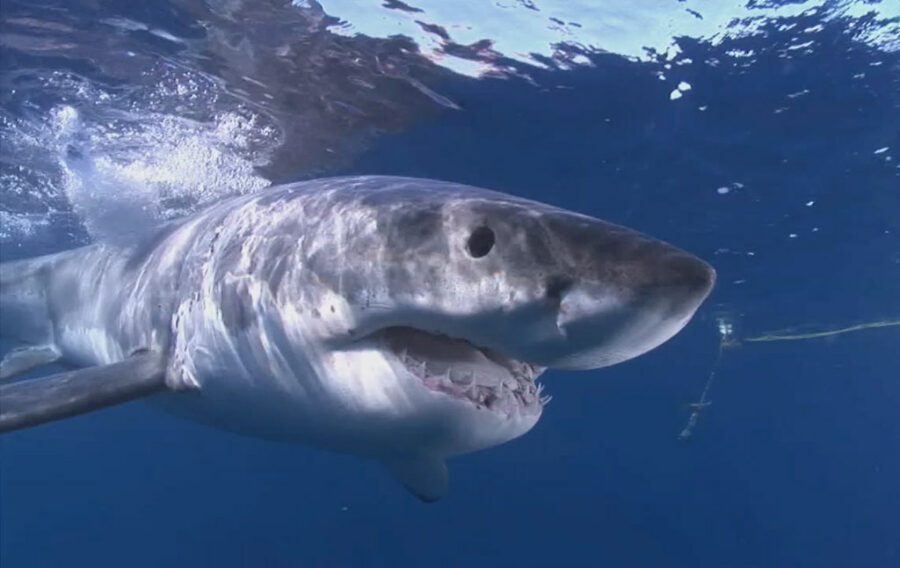



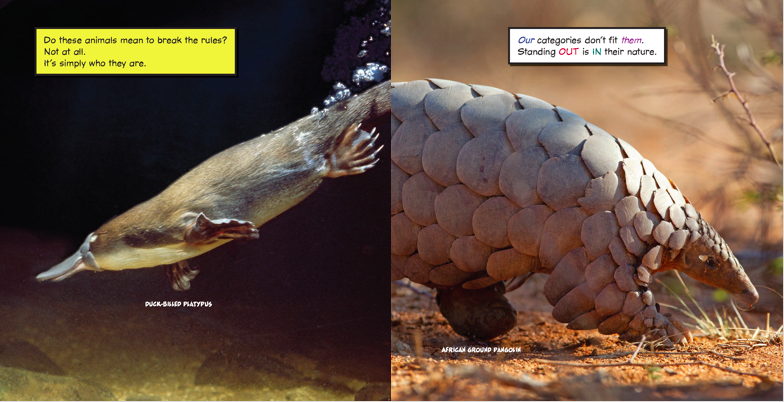

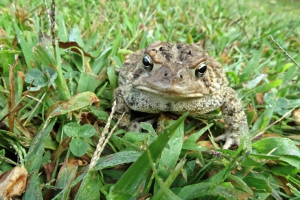
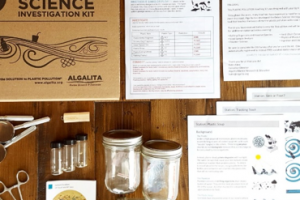
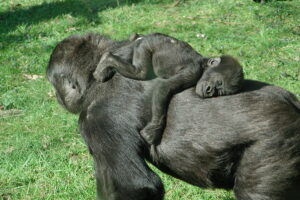


Leave a Reply
Your email is safe with me.